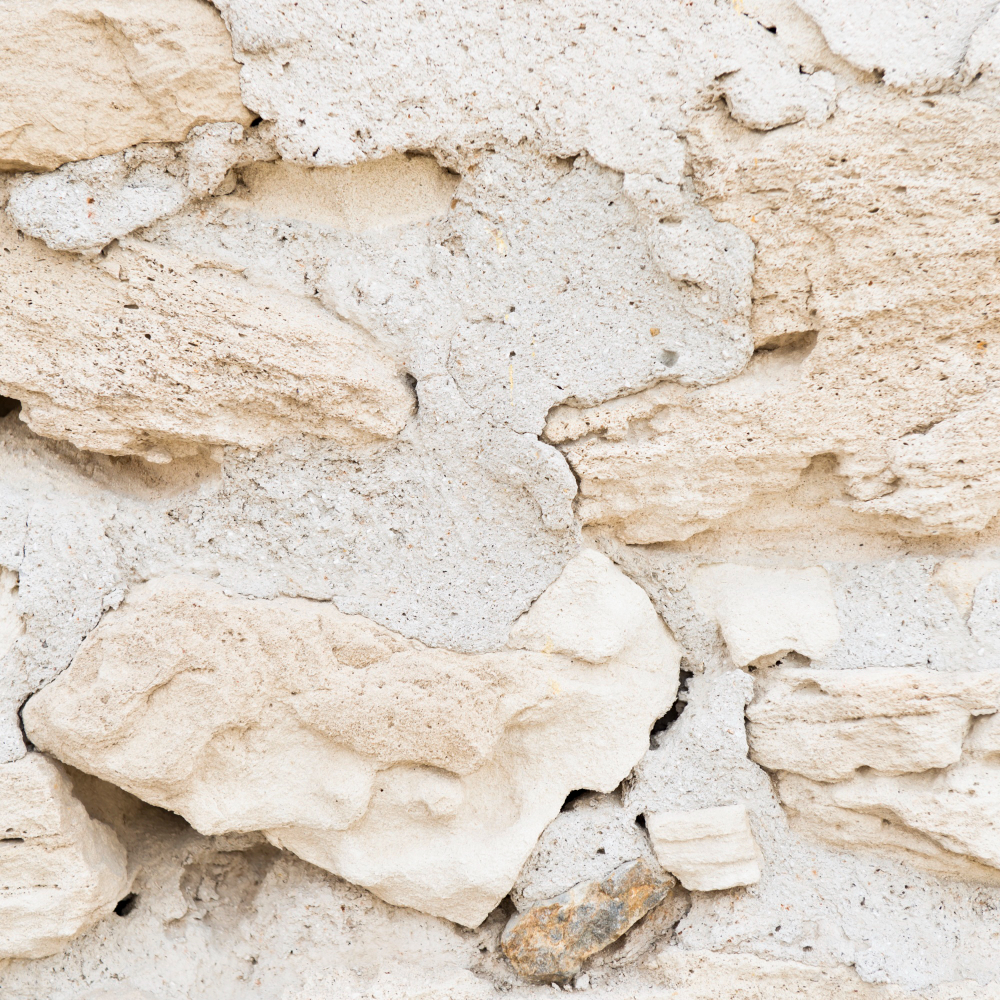Gypsum is a widely occurring mineral composed of calcium sulfate dihydrate (CaSO₄·2H₂O). It forms as a result of the evaporation of seawater and is found in large, layered deposits. Gypsum is soft and easily scratched by a fingernail, as it rates a 2 on the Mohs hardness scale, making it one of the softer minerals. Its softness makes it ideal for use in products like drywall and plaster, which require malleability.


Physical Appearance and Crystal Structure
Gypsum usually appears in shades of white, colorless, or gray. Occasionally, it may exhibit yellow, pink, or brown tones, which occur due to the presence of impurities. Gypsum can be found in a variety of forms, from massive, granular deposits to strikingly transparent and crystalline formations. When it crystallizes, gypsum belongs to the monoclinic crystal system, often forming tabular or prismatic crystals that display a silky or pearly luster. One distinctive feature is its perfect cleavage, meaning it can easily split into thin, flexible sheets. Some of its more notable varieties include selenite, a transparent, glass-like form, and satin spar, which has a fibrous texture and a shimmering, silky appearance.
Formation and Occurrence
Gypsum commonly forms in sedimentary environments as seawater evaporates, leaving behind layers of minerals, particularly in association with rock salt and sulfur deposits. This process, called evaporite formation, often produces vast gypsum deposits, which can be mined for industrial use. It also forms through the hydration of anhydrite, a similar mineral that lacks water in its composition. Gypsum is found worldwide in large quantities, with significant deposits located in North America, Europe, and parts of Asia. These deposits are a key resource in many industries due to the mineral’s abundance.
Varieties of Gypsum
There are several notable varieties of gypsum that differ in appearance and use. Selenite is a clear, crystalline form of gypsum that can form large, visually striking crystals. These crystals are transparent and often prized for their aesthetic appeal. Alabaster, a fine-grained and compact form of gypsum, is historically significant for its use in art and sculpture, being easily carved and polished into detailed forms. Another variety, satin spar, is fibrous and typically displays a soft, silky sheen. Its fibrous structure gives it a distinctive look that contrasts with the more granular or crystalline forms of the mineral.


Industrial and Practical Uses
Gypsum has widespread use in both construction and agriculture. It is a crucial material in the production of drywall (or plasterboard), which is a staple in modern building construction due to its lightweight and fire-resistant properties. It is also the key ingredient in plaster of Paris, which is used for coatings, molds, and casts. In agriculture, gypsum is applied as a soil conditioner, improving soil structure, aeration, and water infiltration. It also helps to neutralize sodic soils, enhancing fertility by adding calcium and sulfur without significantly altering soil pH. Gypsum also plays a role in the cement industry, where it helps regulate the setting time of cement mixtures.
Historical and Artistic Significance
Beyond its industrial uses, gypsum has a long history of use in art and sculpture, particularly in its alabaster form. For centuries, alabaster has been a favored material for creating intricate carvings, statues, and architectural details, especially in ancient Egypt and Mesopotamia. Its softness allows for delicate and precise carving, yet its durability ensures that these creations can last for millennia.
